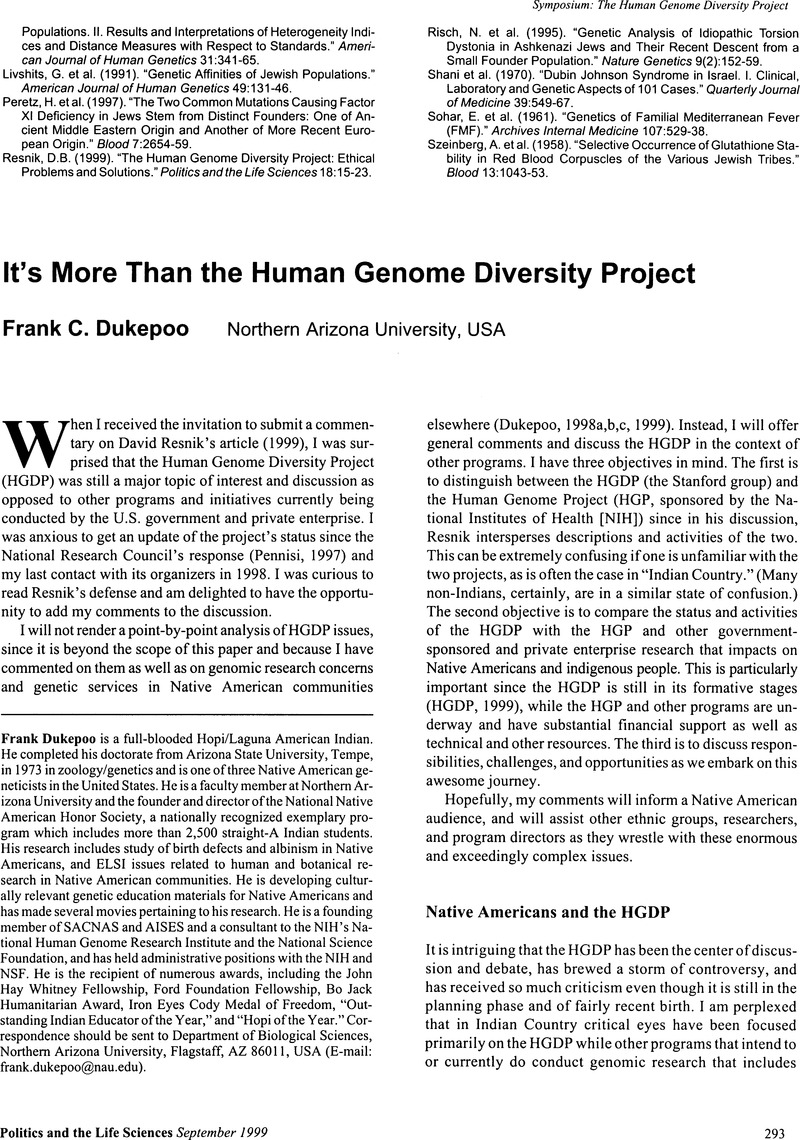Crossref Citations
This article has been cited by the following publications. This list is generated based on data provided by Crossref.
Haga, Susanne B.
2017.
Genomic and Precision Medicine.
p.
19.
Elgabsi, Natan
2022.
The ‘ethic of knowledge’ and responsible science: Responses to genetically motivated racism.
Social Studies of Science,
Vol. 52,
Issue. 2,
p.
303.
Jackson, Chazeman S.
Turner, Daria
June, Maya
and
Miller, Mona V.
2023.
Facing Our History—Building an Equitable Future.
The American Journal of Human Genetics,
Vol. 110,
Issue. 3,
p.
377.
Chapman, Carolyn Riley
Quinn, Gwendolyn P.
Natri, Heini M.
Berrios, Courtney
Dwyer, Patrick
Owens, Kellie
Heraty, Síofra
and
Caplan, Arthur L.
2025.
Consideration and Disclosure of Group Risks in Genomics and Other Data-Centric Research: Does the Common Rule Need Revision?.
The American Journal of Bioethics,
Vol. 25,
Issue. 2,
p.
47.



